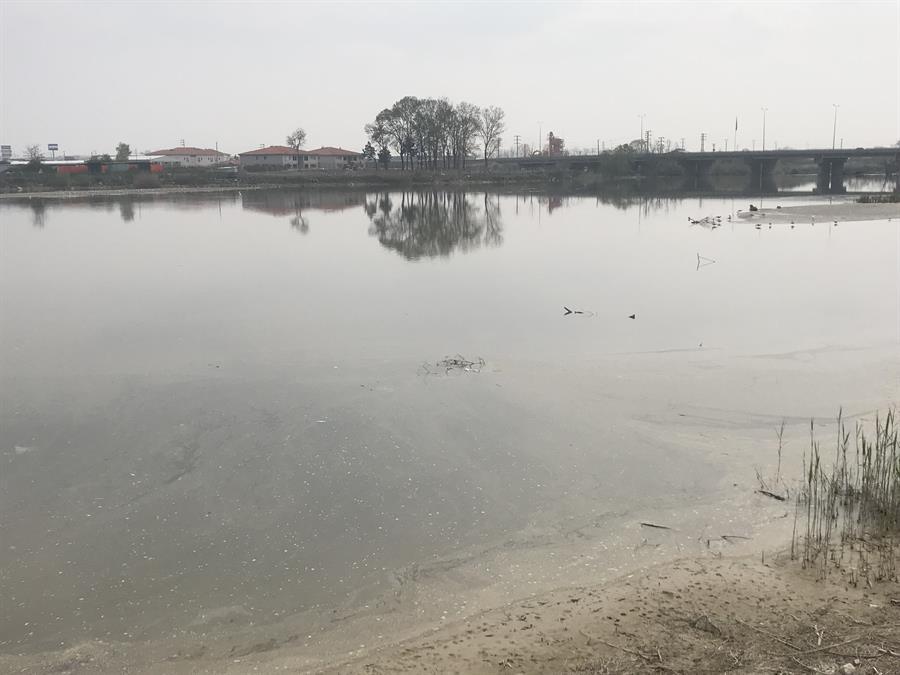
The pollution in River Sakarya, the third longest river in Turkey, is rising at an alarming rate, according to experts, with an official from the Sakarya Chamber of Commerce and Industry (SATSO) urging President Recep Tayyip Erdoğan to step in.
“There are many causes of the pollution, it is very correct to say that the pollution of such a big and long river stems from one reason. This is why the cleaning of this river is a national matter and it is not possible to have a single institution tackling it. The matter should be handled as a national issue,” said the head of the environment and urbanization commission of SATSO.
“This issue can be tackled under the patronage of our president. Or I think that the issue can be tackled as a joint work of other state institutions,” Mehmet Tuncer Açan said.
The River Sakarya flows through nine provinces in Turkey. The source of the 824-km-long river is the Bayat Yaylası (Bayat Plateau) which is located northeast of the Aegean province of Afyon. Joined by the Porsuk Çayı (Porsuk Creek) close by the town of Polatlı, the river runs through the Adapazarı Ovası (Adapazarı Plains) before reaching the Black Sea.
Açan said that there are four levels of pollution with regards to rivers, and the pollution in River Sakarya is at its highest level, getting worse over the years.
“We evaluate the water [pollution] with four levels, with the fourth being at the worst level. The first level is drinkable water, the second level is water that can be drunk following a certain process, the third level is water that can be used for only certain areas following again a certain process, whereas the fourth level is the most polluted water,” said Açan, adding that the water pollution level at the Sakarya River corresponds to level four.
The pollution in Sakarya River does not only affect the river itself and living beings inside it, but also irrigation areas and farms, according to Açan.
“There was an extensive work conducted by the Environment and Urbanization Ministry between 2014 and 2016. This extensive work took samples from various places of the river depending on the season. What can be done [to clean the river] can be thought within this framework, so this [work] might be a starting point,” said Açan.